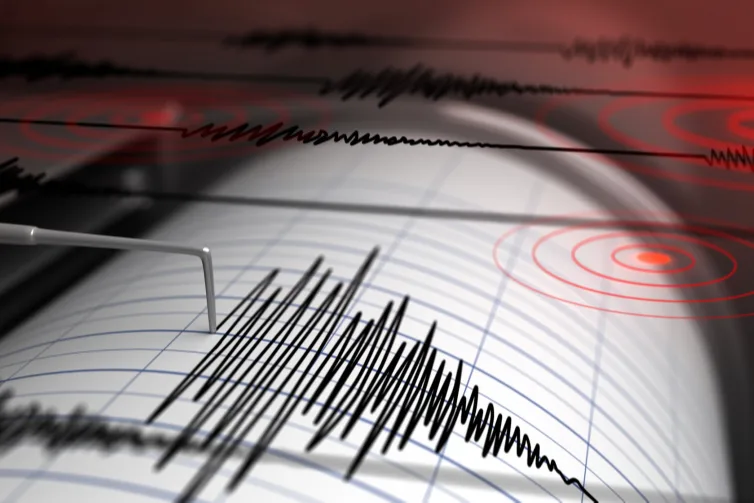
World's deepest earthquake uncovered at 751 km below Earth's surface
The particularly buried quake, a minor aftershock to a major tremor in 2015, was observed at an astonishing 751 kilometres (467 miles) below the Earth's surface -- considered to be the deepest ever.
Earthquakes can register at varying depths below the Earth's surface, which is nothing new, but scientists were shocked when they recently discovered just how deep one particular tremor in 2015 was.
This quake was observed at an astonishing 751 kilometres (467 miles) underground, considered to be the deepest ever. It was a small aftershock to a 7.9-magnitude quake that struck the Bonin Islands, just off Japan's mainland in 2015. Information on the tremor initially surfaced in June in the Geophysical Research Letters journal.
SEE ALSO: Yellowstone sees 1,000+ earthquakes in July. Super-eruption to come?
The distance under the planet's surface pegs the earthquake occurring in the lower mantle, a region where seismologists had previously believed to be impossible for earthquakes to register.
Why is that? Under heavy pressures, rocks are more likely to flex and buckle than break with a surprising discharge of energy.

However, there are exceptions to the rule and minerals don't act exactly as expected every time, according to Pamela Burnley, a geomaterials professor at the University of Nevada, Las Vegas. Even so, when under pressure points where they are expected to alter into different, less susceptible to tremor states, they may linger in past arrangements.
"Just because they ought to change doesn't mean they will," Burnley told Live Science.
The 2015 earthquake may uncover the notion that the boundaries within Earth are blurrier than they're frequently given attribution for.
HOW IT WAS UNCOVERED
Led by University of Arizona seismologist Eric Kiser, researchers stumbled on the tremor utilizing Japan's Hi-net array of seismic stations.
John Vidale, a seismologist at the University of Southern California, told Live Science that the assemblage is the most powerful system for identifying earthquakes in current use. Because the tremor was small and wasn't felt at the surface, sensitive instruments were utilized in order to locate it.
However, the 751-kilometre depth of the earthquake has to be verified by other researchers still, Vidale told Live Science. But the discovery looks genuine. "They did a good job, so I tend to think it's probably right," Vidale said.

This still makes the deep-down earthquake a bit confusing as to how it happened. Most earthquakes occur at shallow depths, beginning in the Earth's crust and upper mantle within the first 100 km (62 miles) below the surface.
The rocks inside the crust, which reaches down only about 20 km (12 miles) on average, are chilly and fragile. The rocks can only twist to a certain extent before they eventually snap, letting go energy "like a coiled spring," Burnley said.
Further down inside the crust and lower mantle, the rocks are hotter and face higher pressures, resulting in making them less vulnerable to shattering. But at this depth below the surface, earthquakes can result when high pressures knock on fluid-filled pores in the rocks, flushing the fluids out. As well, rocks are susceptible to brittle breakage under these conditions, according to Burnley.
Tremors that occur as far down as 400 km can be clarified by the aforementioned type of energetic processes, which are still situated in the upper mantle. However, even prior to the 2015 Bonin aftershock, earthquakes have been documented in the lower mantle, recording a depth as far as 670 km. These particular events have puzzling for a long time, Burnley said.
The pores contained in the rocks that carry water have been closed, resulting in fluids no longer being a trigger. "At that depth, we think all of the water should be driven off, and we're definitely far, far away from where we would see classic brittle behaviour," said Burnley. "This has always been a dilemma."
However, whatever was responsible for setting off the quake at such a deep depth isn't likely to occur often, according to Heidi Houston, a geophysicist at the University of Southern California. Only about 50 per cent of the subduction zones worldwide have experienced deep earthquakes, and on average, the type of sizable tremor that happened before this extremely distanced event only takes place every two to five years.
"This is a pretty darn rare occurrence," Houston told Live Science.
Thumbnail courtesy of Pexels.
Follow Nathan Howes on Twitter.
